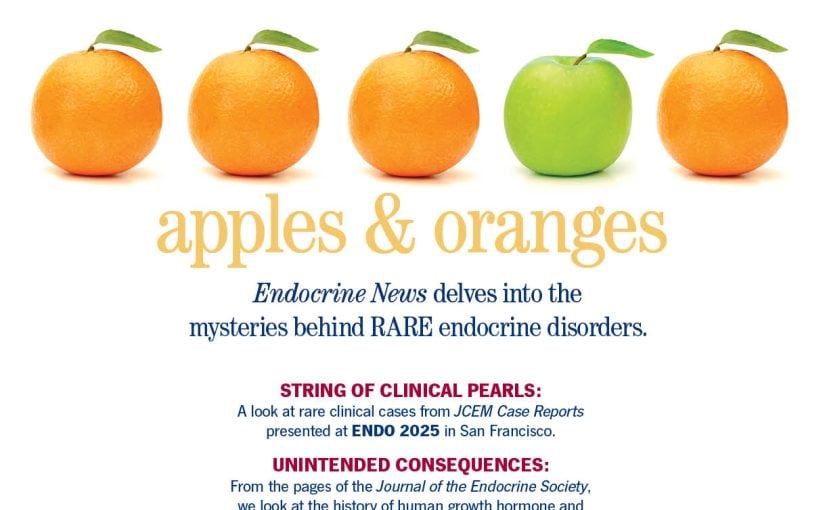Treating patients with 46,XY differences of sex development (DSD) will require interdisciplinary healthcare teams trained to care for patients and their families, according to a paper recently published in Endocrine Reviews.
The review, by Amy B. Wisniewski, of Oklahoma State University in Stillwater, et al., points out that DSD are a heterogenous group of congenital conditions, and that people with DSD who possess a 46,XY complement can present with variable degrees of virilization of their external genitalia. Conditions labeled 46,XY DSD are complex and widely varied, and there is still much to be learned about these conditions. “The aims of this proposal are to review what is known about prevalence, incidence, morbidity, diagnostic tools and timing, sex of rearing, endocrine and surgical treatment, fertility and sexual function, and behavioral development in affected people,” the authors write.
The authors cover the diagnostic tools like hormonal, imaging, and genetic studies, as well as the prenatal and postnatal diagnostics. Prenatal diagnosis of DSD has increased with the utilization of noninvasive prenatal testing (NIPT) by cell-free DNA analysis of maternal blood to screen for aneuploidy during the first trimester of pregnancy, a test that is 98% to 99% accurate.
Once a newborn is diagnosed with DSD comes the challenging decision of what sex to rear the child. According to the authors, such decisions are based on the understanding that someone’s gender identity might not align with their anatomical sex. Sexual attraction is also difficult to predict. “Such discordance between sex, gender identity, and sexual orientation illustrates the complexity physicians and caregivers face when deciding on a sex of rearing for a newborn with 46,XY DSD,” the authors write. “As older children recognize and reveal their gender identity over time, decisions regarding sex of rearing do not apply to them.”
The authors note that most individuals affected by 46,XY DSD have a deficiency in either androgen production or action as part of their condition, and they will need hormone treatment such as androgen or estrogen replacement. These patients may also opt for surgeries, like masculinizing or feminizing procedures, but there remains some controversy over timing of these surgical procedures. “Until this controversy concerning surgical timing is resolved, parents and physicians are left to make surgical decisions for affected children on a case-by-case basis with input from other members of the health care delivery team.”
The review covers a lot, detailing sexual function of people with 46,XY DSD – their quality of sexual life compared to unaffected adults –and that these patients may seek treatment for infertility, although fertility potential varies depending on the underlying etiology of their condition.
Treating these patients will require family-centered, interdisciplinary care. The authors write that interdisciplinary care is provided by a team of specialists who work together to provide health care for patients and families. In the context of DSD, interdisciplinary care includes nursing, medical specialists, surgical specialists, and mental health, social work, and peer-to-peer support. “Optimally, the team works with a family as soon as DSD is suspected to provide appropriate information during the medical evaluation,” they write.
Treatment of these patients has improved in recent years. However, the authors write, “What remains to be improved is understanding how to talk about DSD, as well as developing evidence-based mental health care, surgical interventions, and fertility optimization.”

